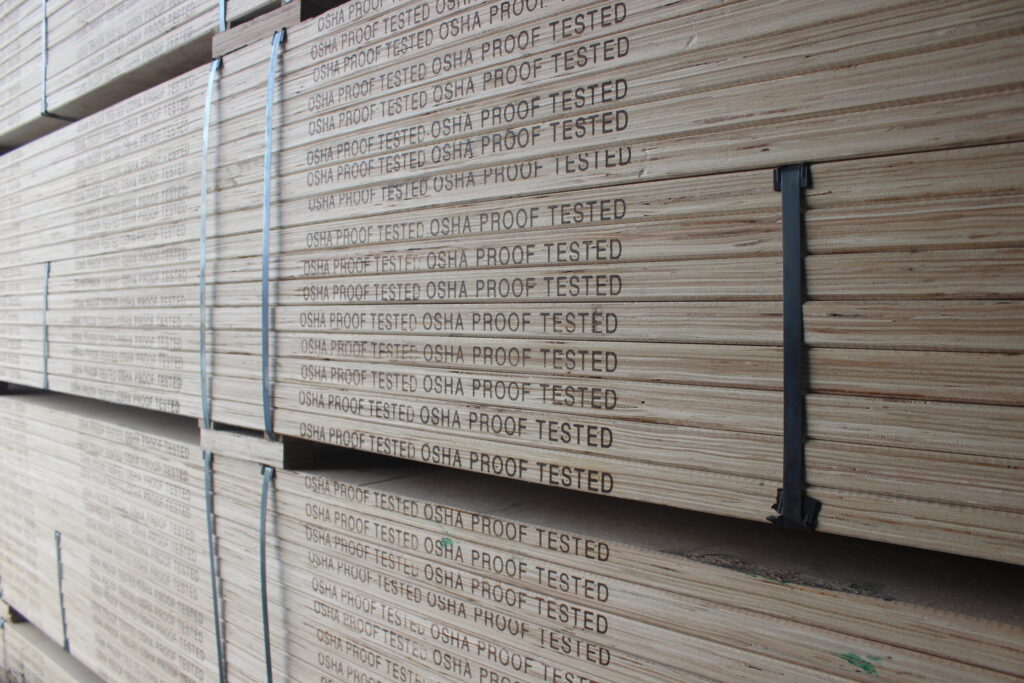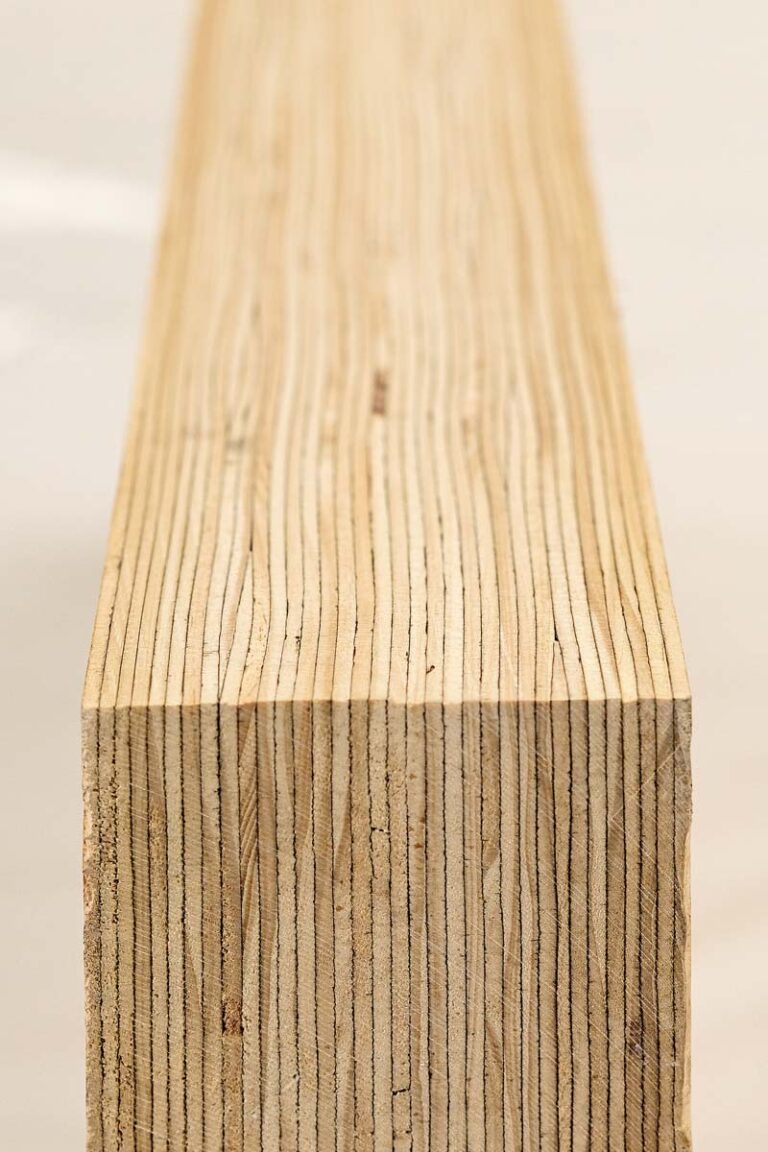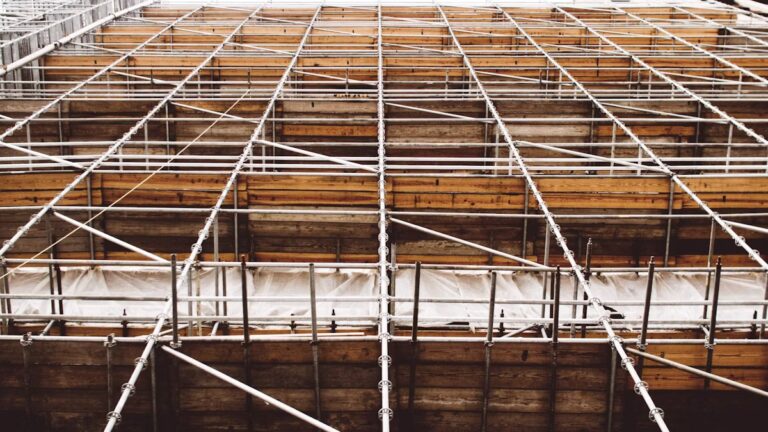Where to Buy LVL Timber for Professional Formwork Applications
Understanding LVL Timber and Its Uses in Formwork
LVL (Laminated Veneer Lumber) timber is a structural engineered wood product made from thin layers of wood veneers that are glued together under heat and pressure. This method of construction gives LVL timber its high strength-to-weight ratio, making it an ideal choice for various applications in the building industry, particularly in formwork. Its versatility allows for enhanced load-bearing capabilities, reduced moisture susceptibility, and the ability to span longer distances compared to conventional lumber.
In the context of formwork, LVL timber is utilized for creating molds that contain fresh concrete until it hardens. Using LVL for formwork enables construction professionals to construct safer and more resilient forms, resulting in higher quality concrete structures. This makes LVL timber an attractive option for builders who prioritize durability and efficiency in their projects.
What is LVL Timber?
LVL timber is produced by bonding together multiple layers of wood veneers in a specific orientation. This process enhances the mechanical properties of the wood, resulting in a strong, stable product that can be used in a variety of construction applications, including beams, columns, and, importantly, formwork systems. The veneers are sourced from sustainably managed forests, allowing LVL to be an environmentally responsible choice for builders.
When considering buying LVL timber for formwork applications, several key factors should be taken into account. These elements will not only influence the quality of the materials used but also impact the overall efficiency and safety of the construction project.
One notable characteristic of LVL is its uniformity. Unlike traditional solid wood, LVL does not warp or shrink significantly, ensuring consistent performance throughout its use. This makes it a preferred choice for professionals who seek reliability and predictability in their building materials. Additionally, LVL can be manufactured in various thicknesses and lengths, providing flexibility in design and application, which is particularly beneficial in custom projects where specific dimensions are required.
Benefits of Using LVL Timber in Formwork
One of the primary benefits of using LVL timber in formwork is its exceptional load-bearing capacity. This enables engineers to construct larger and more complex formwork designs, optimize project timelines, and improve overall efficiency. Additionally, the lightweight nature of LVL makes it easier to handle and transport, reducing labor costs and minimizing the risk of injury on site.
Furthermore, LVL is less prone to damage from moisture, compared to traditional timber, which enhances its lifespan in formwork applications. The resilience of LVL to deformities means the forms can produce concrete surfaces that are more even and structurally sound, leading to a better final product. Moreover, the smooth surface of LVL reduces the likelihood of concrete adhesion, allowing for easier removal of the formwork once the concrete has cured. This feature not only saves time but also minimizes the potential for damage to the concrete surface, ensuring a pristine finish that meets aesthetic and structural standards.
Another significant advantage of LVL timber is its compatibility with various construction techniques and materials. It can be easily integrated with steel reinforcements and other composite materials, allowing for innovative formwork designs that can adapt to the specific needs of a project. This adaptability is particularly useful in projects that require unique shapes or configurations, such as architectural features or complex structural elements. As a result, LVL timber not only enhances the efficiency of the construction process but also contributes to the overall creativity and functionality of modern architectural designs.

Factors to Consider When Buying LVL Timber for Formwork
Understanding these factors can assist professionals in making informed decisions and ensuring that their projects are executed smoothly.
Quality of the Timber
The quality of LVL timber is paramount when selecting materials for formwork. High-quality LVL should meet specific industry standards and have a certification indicating its structural performance. It’s essential to examine the specifications of the timber, such as its grading, to ensure it is suitable for the intended use.
Moreover, purchasing LVL from reputable manufacturers guarantees that the timber has been tested for strength and durability. Professionals should scrutinize any potential defects, such as knots or voids, that may compromise the integrity and performance of the formwork. Additionally, it is beneficial to inquire about the manufacturing process, as advanced techniques can enhance the timber’s resistance to warping and splitting, which are critical factors in maintaining the formwork’s shape and stability during the curing process. Find more about integrity at https://integrity.mit.edu/
Sustainability and Environmental Impact
In today’s construction industry, sustainability is a leading concern. Thus, choosing LVL timber sourced from responsibly managed forests is crucial. Many manufacturers of LVL timber obtain certifications from forestry standards, such as the Forest Stewardship Council (FSC) or the Programme for the Endorsement of Forest Certification (PEFC).
By opting for sustainably sourced LVL, construction professionals can not only support environmental stewardship but also enhance the marketability of their projects, as an increasing number of clients are placing value on eco-friendly building practices. Furthermore, utilizing LVL timber contributes to a reduction in waste, as the manufacturing process often involves the use of smaller trees that might otherwise be discarded. This practice not only promotes the efficient use of resources but also helps in maintaining biodiversity within forest ecosystems.
Cost-effectiveness
While the initial cost of LVL timber may be higher than traditional timber, its long-term benefits can outweigh these expenses. The durability and strength of LVL result in fewer replacements and repairs over time, which can yield significant savings. Additionally, the ease of handling and installation can shorten project timelines, further contributing to cost savings.
Conducting a thorough market comparison of prices across different suppliers can help identify the best deals while maintaining quality standards. Understanding the total cost of ownership—factoring in purchase price, shipping, and installation expenses—will provide a clearer picture of the financial implications of using LVL timber. Moreover, considering the potential for increased labor efficiency due to the lightweight nature of LVL can further enhance its cost-effectiveness. By minimizing the physical strain on workers and reducing the time required for assembly and disassembly, LVL timber can lead to a more streamlined workflow, ultimately benefiting the project’s bottom line.
Top Locations to Purchase LVL Timber
Once you’ve considered the quality, sustainability, and cost of LVL timber for formwork, the next step is determining where to purchase it. Fortunately, there are various avenues available, both locally and online, to make obtaining LVL timber more accessible.
Buying LVL Timber Locally
Many local lumberyards and building supply stores carry LVL timber, enabling customers to view the materials personally before making a purchase. Support from local providers also fosters community relationships, which can be beneficial for ongoing projects and future needs. To find more about relationships click here.
When purchasing locally, it’s advisable to discuss specific project requirements with the sales representatives to ensure you receive the appropriate grade and specifications for your intended use. Local suppliers may also offer beneficial services such as cutting or custom sizing to meet your project’s needs. Additionally, many local suppliers have knowledgeable staff who can provide insights on the best practices for handling and installing LVL timber, which can be invaluable for both novice and experienced builders alike. They might also have suggestions for complementary materials or tools that can enhance your project.
Online Marketplaces for LVL Timber
In today’s digital age, many professionals opt for online marketplaces to purchase LVL timber. Websites such as Home Depot, Lowe’s, and specialized lumber companies provide extensive selections and often competitive pricing. Additionally, online platforms usually include customer reviews, allowing buyers to make informed choices.
However, when buying timber online, professionals should pay attention to shipping logistics. Ensure that the supplier can provide timely delivery and that the timber will arrive in good condition. Furthermore, read the return policies carefully in case the materials do not meet expectations upon arrival. Some online retailers even offer virtual consultations or detailed product videos that can help clarify the specifications and quality of the LVL timber before making a purchase. This added layer of service can be particularly useful for those who may not have the opportunity to inspect the materials in person, ensuring that they are well-informed and confident in their buying decisions.
Tips for Transporting and Storing LVL Timber
Proper Handling of LVL Timber
Proper handling of LVL timber is essential to prevent damage. When lifting and moving LVL beams, avoid dropping them or applying excessive force which can cause splintering or structural weakness. Using equipment like forklifts or dollies can ease the process and minimize the risk of injury.
Moreover, it is advisable to wear gloves and follow safety protocols while handling timber. If a large quantity of LVL is being transported, using protective materials like blankets can help safeguard against scratching or damaging the surfaces during transit.
Ideal Storage Conditions for LVL Timber
When storing LVL timber, keep it elevated off the ground using pallets or similar structures to allow for air circulation, preventing moisture accumulation that may lead to swelling or mold. It is crucial to store the timber in a dry, shaded area to avoid excessive exposure to moisture or sun, which can cause warping or deformation.
Additionally, keeping the LVL timber covered when not in use helps protect it from environmental elements. Monitoring the storage conditions regularly can ensure that the LVL remains in optimal condition until it is ready to be utilized.

Safety Measures When Using LVL Timber in Formwork
Safety should always be a primary consideration when using LVL timber in any construction project. Ensuring that all team members are aware of safety measures can significantly mitigate risks and promote a safe working environment.
Personal Protective Equipment (PPE)
Using Personal Protective Equipment (PPE) while working with LVL timber is essential. This includes wearing gloves, goggles, hard hats, and appropriate footwear. Each of these items serves as a barrier to protect workers from injuries that may arise from handling heavy materials or working on elevated surfaces.
Employers must conduct training sessions to ensure that all personnel understand the importance of PPE and are familiar with the proper equipment to use during all stages of the project. Regular checks should be conducted to ensure everyone is adhering to these safety protocols.
Safe Installation Practices
Implementing safe installation practices is critical when working with LVL timber formwork. Always ensure that the structural integrity of the form is verified prior to pouring concrete. Utilizing proper scaffolding and on-site safety barriers can minimize the risk of falls or accidents.
Moreover, developing a safety plan that includes communication protocols, emergency procedures, and designated areas for equipment and personnel can further enhance safety during the installation process. Continuous monitoring for potential hazards is vital to maintaining a safe working environment.
Other resources: An Introduction to LVL Construction Strength, Stability, and Safety




